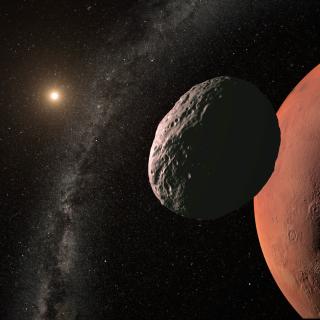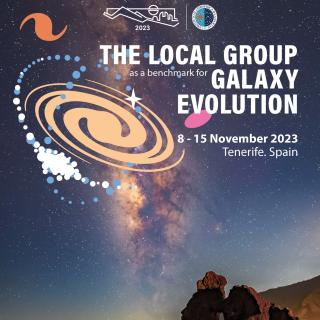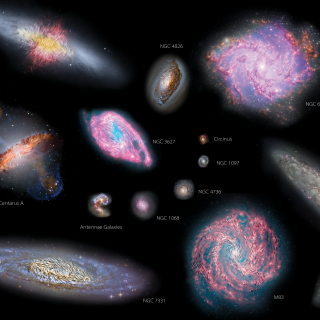These results will be published today, Oct.16th, by Nature magazine
Images available in Betacam
Less than 50 years ago the corona was thought to be the coldest layer of the Sun, since it is the outermost layer. This assumption is logical, due to the fact that solar energy is created in its nucleus, thus, the farther we are from a heat source, the less heat we will feel. However, this is not right when it comes to the Sun, as scientists already know. Manuel Collados, a researcher at the Instituto de Astrofísica de Canarias (IAC) and the Universidad de La Laguna, in collaboration with Sami k. Solanki, Andreas Lagg, Joachim Wooch and Norbert Krupp, from the Max-Planck Institute fuer Aeronomie in Lindau (Germany), publish today, October 16th, in Nature magazine, the results obtained from measuring the magnetic field of coronal loops, using applied IR spectropolarimetry. This technique will allow for the study of the processes through which the external layers (chromosphere and corona) of the Sun are heated.
Contradicting Temperatures
The images obtained with the TRACE satellite gave evidence of the existence of these loops, but that had never been magnetically measured. It is well known that material flows through the loops, but we ignore what ignites the process and how the temperature of this gas increases proportional to its distance from the Sun. The loops are located around sunspots and active regions. These structures are associated with magnetic field lines, which connect zones of opposite magnetic polarity. Many coronal loops can last days or weeks, but the majority change faster. However, some arches are associated with solar flares, and are visible for shorter periods of time. These loops have denser material than the surrounding one.
In spite of the fact that, at first, the thought of such a hot corona was very criticized, it was finally accepted, and the next goal was the determination of how it was possible. It has not been easy, and there is still no suitable answer. The flow of heat from the photosphere, at 5600 degrees, and the chromosphere and corona, between 10000 to millions of degrees; heat always flows from a hot to a cold region, and if this were the explanation, the corona would be as hot as the photosphere. Since this is not the case, other processes must be heating the corona at such high temperatures. Today, two main theories exist: one of the theories says that the heat is produced by waves, that are generated in the granules, and travel upward; the other explains that generated currents in the corona are responsible for this.
“The technique developed is a key that allows us to study the processes by which these external layers are heated as a consequence of currents induced by the magnetic field,” explains Manuel Collados. “Moreover-adds the researcher- it will be possible to study the mechanisms that generate solar mass ejections, very important in “solar weather.” Solar mass ejections emit many high-energy particles toward interplanetary space that interact with the Earth’s magnetic field, creating a diversity of interesting phenomena.”
Infrared Polarimeter
The great difficulty of these observations is due to the limitations of technology that have been present until now. On one hand, polarization studies are very recent. On the other hand, until about ten years ago access to the IR was not possible, and there are very few instruments that can be used on a regular basis, like the TIP (Tenerife Infrared Polarimeter). This IR polarimeter was designed and built at the IAC, and has been installed in the German telescope VTT (Vakuum Turm Telescope), of the Kiepenheuer Institute of Solar Physics in Friburg (Germany), at the Observatorio del Teide (Tenerife). “TIP was created, says Collados, to obtain quantitative measures of the polarization state of solar flares, in IR wavelengths.”
The Ministerio de Ciencia y Tecnología has supported this study.
Article in Letters to Nature:
“Three-dimensional magnetic field topology in a region of solar coronal heating” S. K. Solanki, A. Lagg, J. Woch, N. Krupp & M. Collados. Nature, Vol 425 16 Oct 2003.


